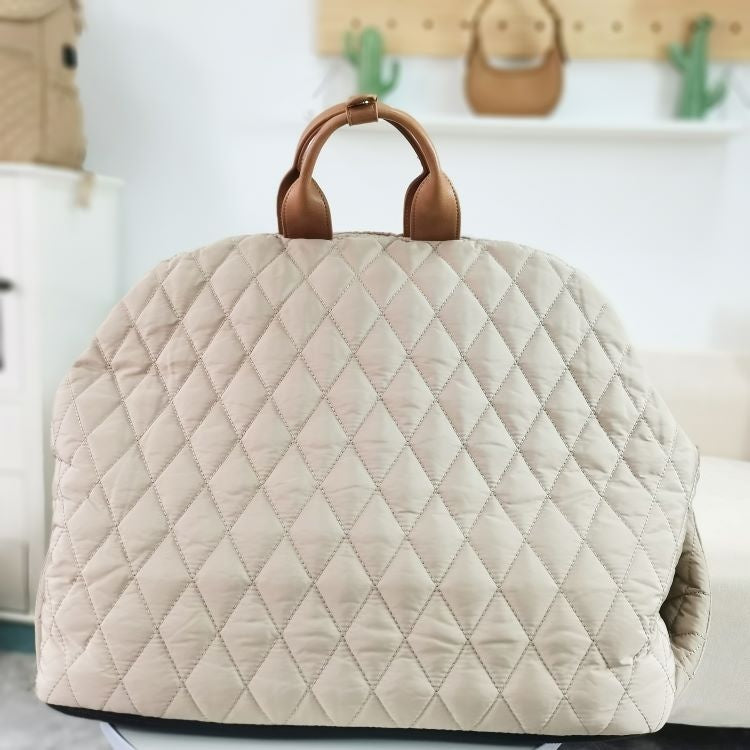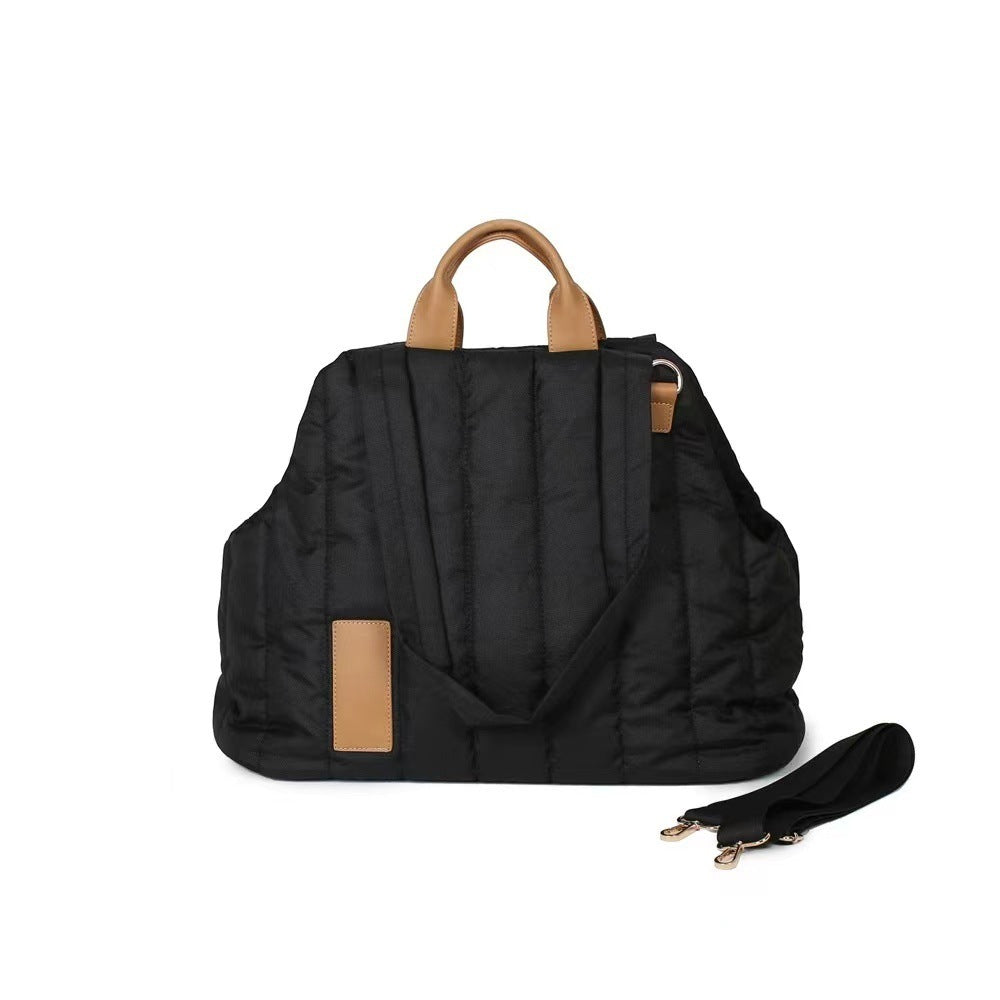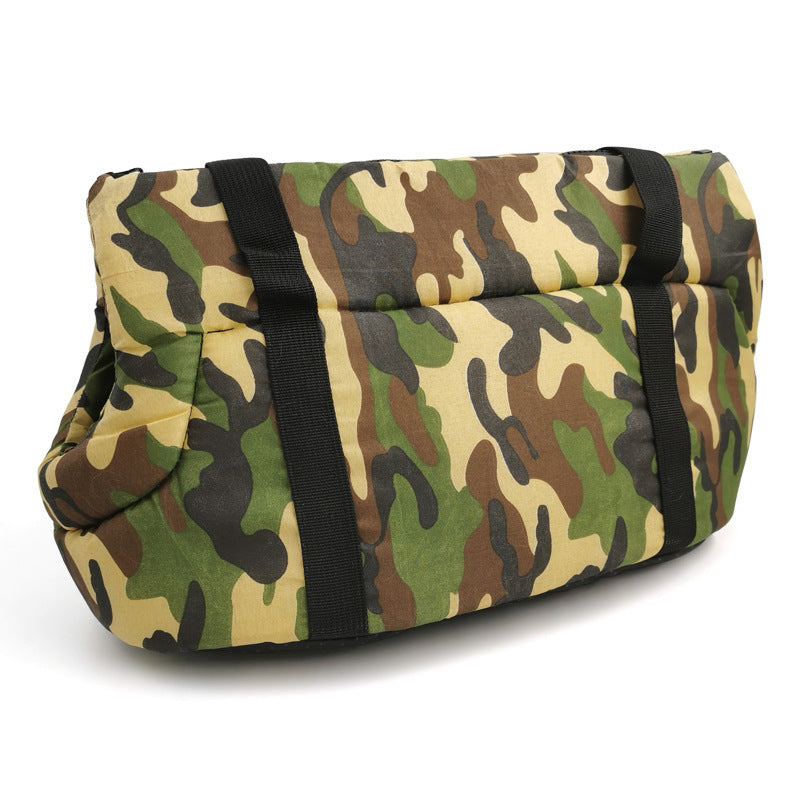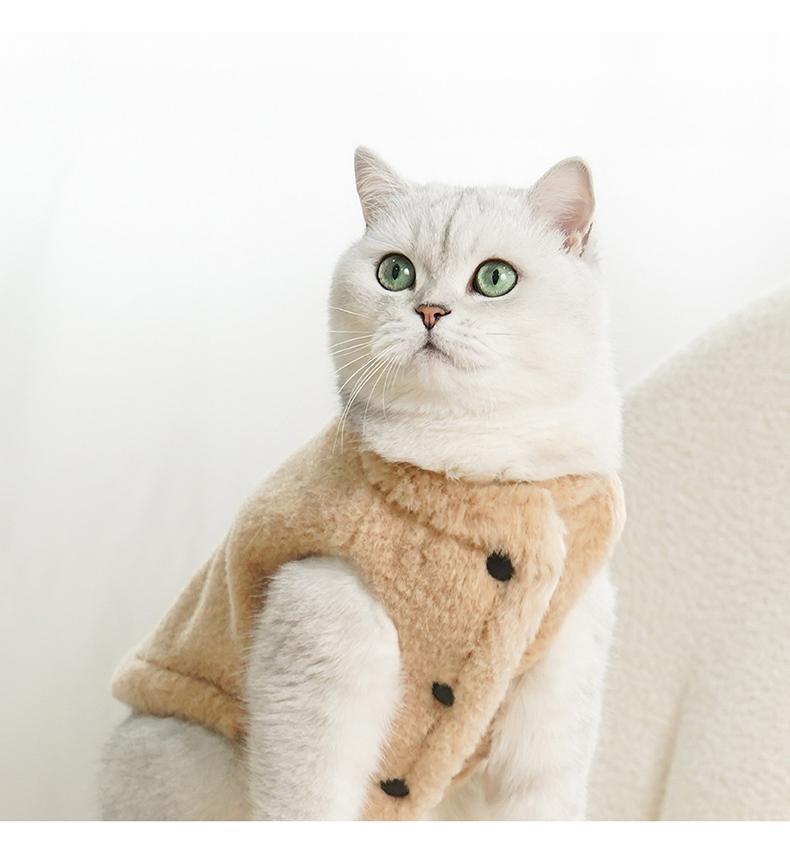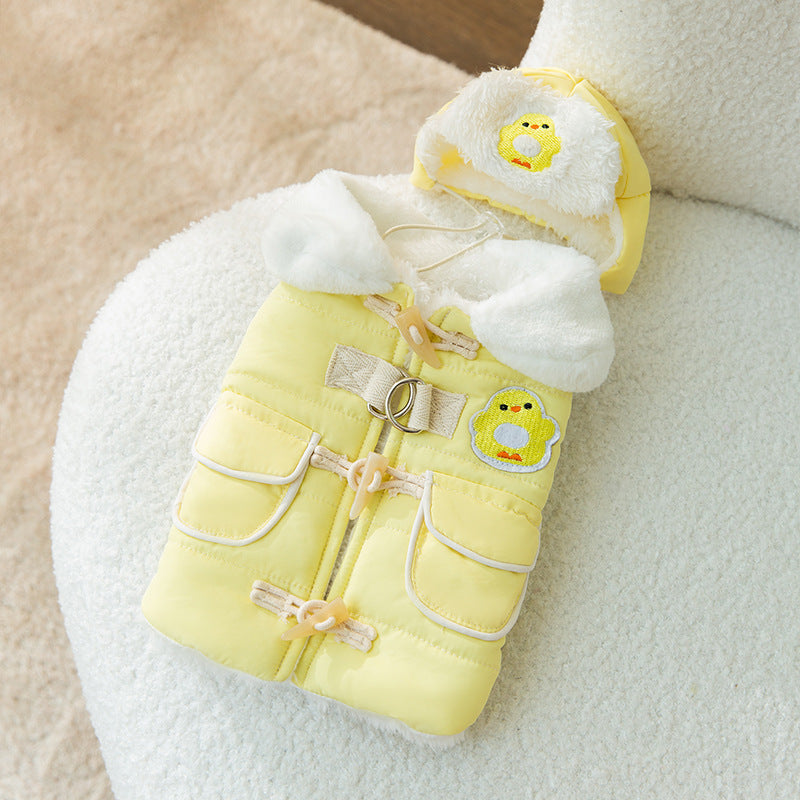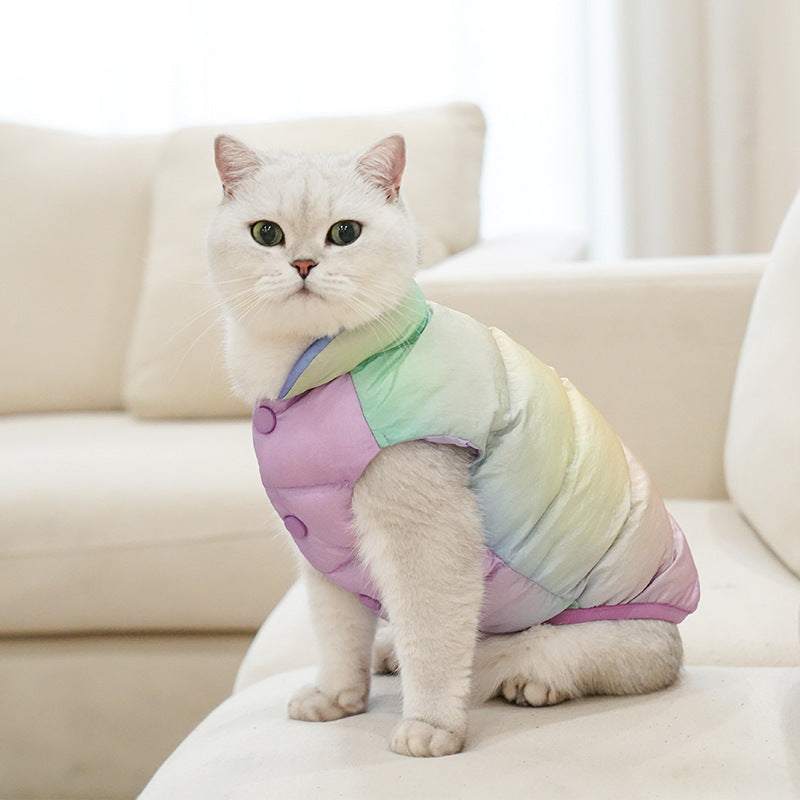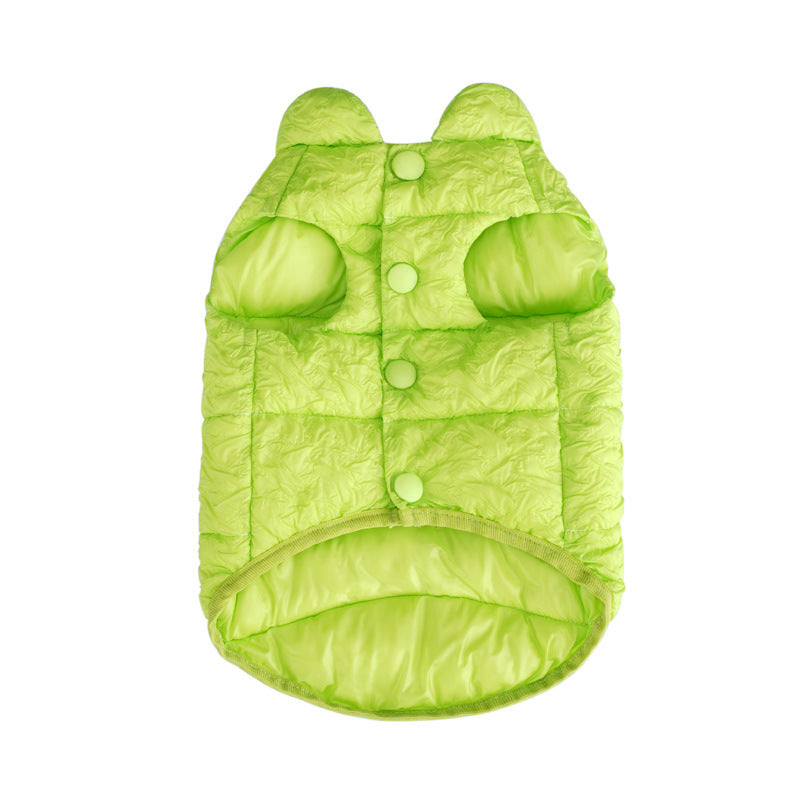As environmental awareness grows, many cat owners seek ways to reduce their pets' ecological impact while maintaining high care standards. From biodegradable litter to sustainable toys, eco-friendly cat care options continue expanding and improving.
In this blog, we'll explore sustainable practices that benefit both your cat and the environment.
Litter alternatives: Traditional clay litters require environmentally destructive strip mining, while many eco-friendly alternatives offer superior performance. Options like pine pellets, recycled paper, wheat, corn, and walnut shell litters provide excellent odor control and clumping ability while being biodegradable and often compostable (away from vegetable gardens).
Sustainable feeding practices: Choose cat foods from companies with sustainable sourcing practices and minimal packaging waste. Consider foods with insect protein or other alternative protein sources that have lower environmental impacts than traditional meat production. Stainless steel or ceramic food bowls last longer than plastic alternatives and don't contribute to microplastic pollution.
Eco-friendly toys: Many traditional cat toys contain synthetic materials and chemicals that aren't environmentally friendly. Look for toys made from organic cotton, hemp, recycled materials, or sustainably harvested wood. Simple homemade toys from cardboard boxes or paper bags often provide as much entertainment as manufactured alternatives.
Green cleaning products: Choose pet-safe, biodegradable cleaning products for maintaining litter areas and cleaning up accidents. Many conventional cleaners contain chemicals harmful to both cats and the environment. Natural alternatives like vinegar and enzymatic cleaners effectively manage odors without environmental impact.
RSPCA Australia and Australian environmental groups recommend using pet-safe, biodegradable cleaning products for litter areas and accidents. Brands like Biozet Attack and Enviroclean offer eco-friendly options available at major Australian supermarkets and pet stores.
Waste reduction strategies: Minimize packaging waste by buying cat supplies in bulk when practical, choosing products with minimal packaging, or selecting items with recyclable packaging. Repurpose containers for food storage or travel supplies rather than discarding them immediately.
Sustainability organisations such as Planet Ark and Clean Up Australia encourage pet owners to buy cat supplies in bulk, choose products with minimal or recyclable packaging, and repurpose containers for storage or travel. This approach is widely adopted by eco-conscious Australian households.
Energy-efficient pet care: LED lighting in pet areas uses less energy than traditional bulbs, while programmable thermostats can maintain comfortable temperatures for cats without excessive energy consumption. Solar-powered outdoor pet items like water fountains reduce reliance on grid electricity.
| Area | Eco-Friendly Option | Why It’s Better |
|---|---|---|
| Litter | Pine pellets, paper, wheat, corn, walnut | Biodegradable, compostable, less mining |
| Food & Bowls | Sustainable brands, steel/ceramic bowls | Less packaging, no microplastics, durable |
| Toys | Organic cotton, hemp, recycled, homemade | Less waste, safer materials, cost-effective |
| Cleaning | Biodegradable, natural cleaners | Safer for cats, less environmental impact |
| Waste Reduction | Bulk buying, minimal packaging, reuse | Less landfill, lower carbon footprint |
| Energy Efficiency | LED lighting, solar fountains, thermostats | Lower energy use, reduced electricity bills |
The transition to eco-friendly cat care can be gradual. Start with one or two changes and expand sustainable practices over time. Monitor your cat's acceptance of eco-friendly alternatives, as their health and comfort should never be compromised for environmental goals.
Many cats actually prefer natural materials and textures, making eco-friendly options a win-win choice. Research companies' environmental practices and certifications to ensure your purchases truly support sustainability rather than just green marketing.
Step-by-Step Guide: Adopting Eco-Friendly Cat Care
-
Switch to Eco-Friendly Litter:
- Choose pine pellets, recycled paper, wheat, corn, or walnut shell litters.
- Compost used litter in a dedicated bin (not for vegetable gardens).
-
Adopt Sustainable Feeding Practices:
- Select cat foods with sustainable ingredients and minimal packaging.
- Use stainless steel or ceramic bowls to reduce microplastic pollution.
-
Provide Eco-Friendly Toys:
- Look for toys made from organic cotton, hemp, or recycled materials.
- Repurpose cardboard boxes and paper bags for homemade toys.
- Use Green.
-
Cleaning Products:
- Choose pet-safe, biodegradable cleaners for litter areas and accidents.
- Use natural alternatives like vinegar and enzymatic cleaners.
-
Reduce Waste:
- Buy cat supplies in bulk and choose products with minimal or recyclable packaging.
- Repurpose containers for storage or travel. Implement
-
Energy-Efficient Practices:
- Use LED lighting in pet areas.
- Install programmable thermostats and solar-powered pet items.
-
Monitor and Adjust:
- Introduce changes gradually and monitor your cat’s acceptance.
- Prioritise your cat’s health and comfort throughout the transition.
Remember that the most sustainable choice is often the most durable one. Investing in high-quality, long-lasting products reduces waste and often provides better value over time.
FAQs: Eco-Friendly Cat Care
Q: What are the best eco-friendly cat litter options in Australia?
A: Pine pellets, recycled paper, wheat, corn, and walnut shell litters are widely available and can be composted in dedicated bins (not for vegetable gardens), as recommended by Planet Ark and Australian pet retailers.
Q: How can I make my cat’s diet more sustainable?
A: Choose cat foods with sustainable ingredients and minimal packaging, and use stainless steel or ceramic bowls to reduce microplastic pollution, as advised by RSPCA Australia and sustainable pet food brands.
Q: Are there eco-friendly cat toys available in Australia?
A: Yes, many Australian pet stores stock toys made from organic cotton, hemp, and recycled materials. Homemade toys from cardboard or paper bags are also great options.
Q: What cleaning products are safe for cats and the environment?
A: Use pet-safe, biodegradable cleaning products or natural alternatives like vinegar and enzymatic cleaners, as recommended by RSPCA Australia and environmental groups.
Q: How can I reduce waste from my cat’s care routine?
A: Buy in bulk, choose products with minimal or recyclable packaging, and repurpose containers for storage or travel, as encouraged by Planet Ark and Clean Up Australia.
Q: Can I use solar-powered items for my cat?
A: Yes, solar-powered outdoor pet fountains and LED lighting are available from Australian retailers and help reduce energy consumption.




